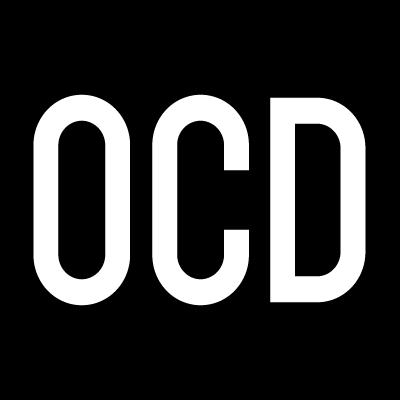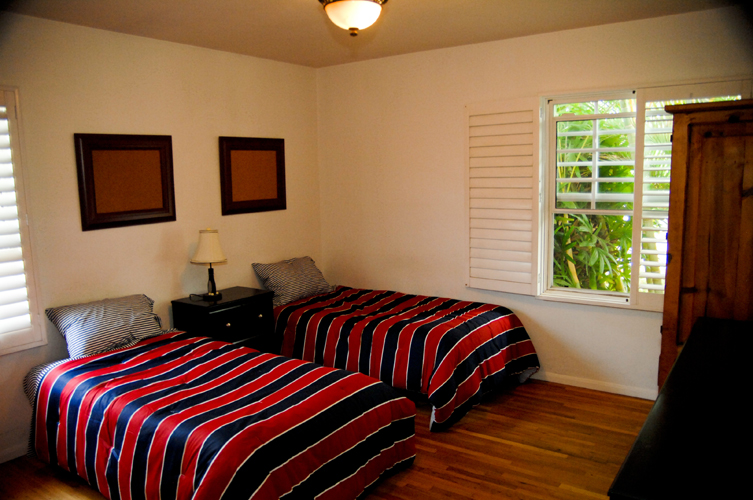 Obsessive-Compulsive Disorder (OCD) is one of many anxiety disorders that have been identified. OCD involves irrational, frightening, worrisome thoughts and the excessive repetition of behaviors to address the thoughts, anxiety and fear.
Obsessive-Compulsive Disorder (OCD) is one of many anxiety disorders that have been identified. OCD involves irrational, frightening, worrisome thoughts and the excessive repetition of behaviors to address the thoughts, anxiety and fear.
OCD behaviors disrupt normal functioning in life, making it hard to hold down a job, maintain relationships and other important tasks and functions in life. People who are compelled to engage in behaviors involved in obsessive-compulsive disorder know that the behaviors are not normal. They experience distress, depression, self-criticism and self-loathing because of the condition.
Some repetitive behaviors found in people who suffer from OCD are:
- Having an aversion to particular numbers
- Constantly clearing the throat, sniffing or nose blowing
- Counting
- Excessive cleaning or straightening
- Excessive hand washing or fear of germs
- Hair plucking
- Hoarding
- Nail biting
- Opening and closing a door a certain number of times before entering or leaving a room
- Preoccupation with sexual, violent or religious thoughts
- Repeated checking such as with locks
- Skin picking
- Repeatedly turning lights off and on
- Keeping doors closed at all times
- Touching objects a certain number of times before exiting a room
- Walking in an unusual, patterned way
Elements of Obsessive-Compulsive Disorder
Obsessions
A symptom of obsessive-compulsive disorder is the existence of mental obsessions. Obsessions are thoughts that keep coming back into one’s mind regardless of how hard the person works to ignore them or how the person has addressed the thoughts in the past. In severe cases, obsessions can develop into delusions as a person loses sight of the irrationality of the obsessions.
A subtype of obsessive-compulsive disorder is Primarily Obsessional OCD. It involves obsessive thoughts without the associated external compulsive behaviors. Obsessive thoughts are usually aggressive or sexual in nature. A person with this type of OCD doesn’t display the repetitive behaviors of classic OCD but instead will have mental rituals they engage in. They will also feel an intense need to avoid situations that might trigger the obsessive thoughts. One’s mental rituals will consume much of the person’s time. Avoiding triggering situations will make it hard if not impossible for a person to complete some day to day activities, events and life roles.
Compulsions
Compulsions are behaviors or rituals that a person is compelled to engage in. The behaviors help the person feel less anxiety, panic and dread related to a particular obsessive thought. The behaviors involved in obsessive-compulsive disorder are neither the same as “tics” associated with other mental health or medical conditions nor are they the same as habits. The difference between compulsions and habits is that compulsions take up a significant amount of time, disrupt one’s life and cause much distress, while habits make one’s day and life more efficient, manageable and cause little if any distress.
Causes and Influences
- Abnormal neurotransmitter levels, especially serotonin
- Genetics
- In children – brain abnormalities
- In children – group A streptococcal infections (PANDAS)
- In children – life stress, trauma
Related Conditions
Unfortunately some people with obsessive-compulsive disorder are misdiagnosed with other conditions that have symptoms similar to those of OCD. Proper diagnosis is critical as people suffering with OCD have high rates of depression and attempt suicide more than people without OCD. About half of them live with persistent suicidal thoughts.
There appears to be a connection between obsessive-compulsive disorder and drug addiction. Addiction in this population of people might present as a compulsive behavior or might serve as a coping mechanism.
Obsessive-Compulsive Personality Disorder (OCPD) is a type of personality disorder rather than an anxiety disorder like OCD. A person with OCPD does not believe that his obsessive-compulsive behaviors are irrational or abnormal and actually gets pleasure from the obsessions and compulsions. The obsessive-compulsive behaviors are accepted by the person and viewed as a normal part of his personality.
Treatment Strategies
Common treatments include:
- Anti-depressant medications
- Anti-psychotic medications
- Behavioral Therapy (BT)
- Cognitive Behavioral Therapy (CBT)
- Electroconvulsive therapy for severe cases
- Family therapy
- Psychodynamic therapy
- Psychosurgery for the worst cases
- Support groups
Experimental treatments include:
- Anti-cholinergics
- Certain opioid and psychedelic drugs
- Inositol therapy
- Nicotine treatment
- Nutrition therapy
 Call Today! (800) 910-9299
Call Today! (800) 910-9299







Speak Your Mind
You must be logged in to post a comment.